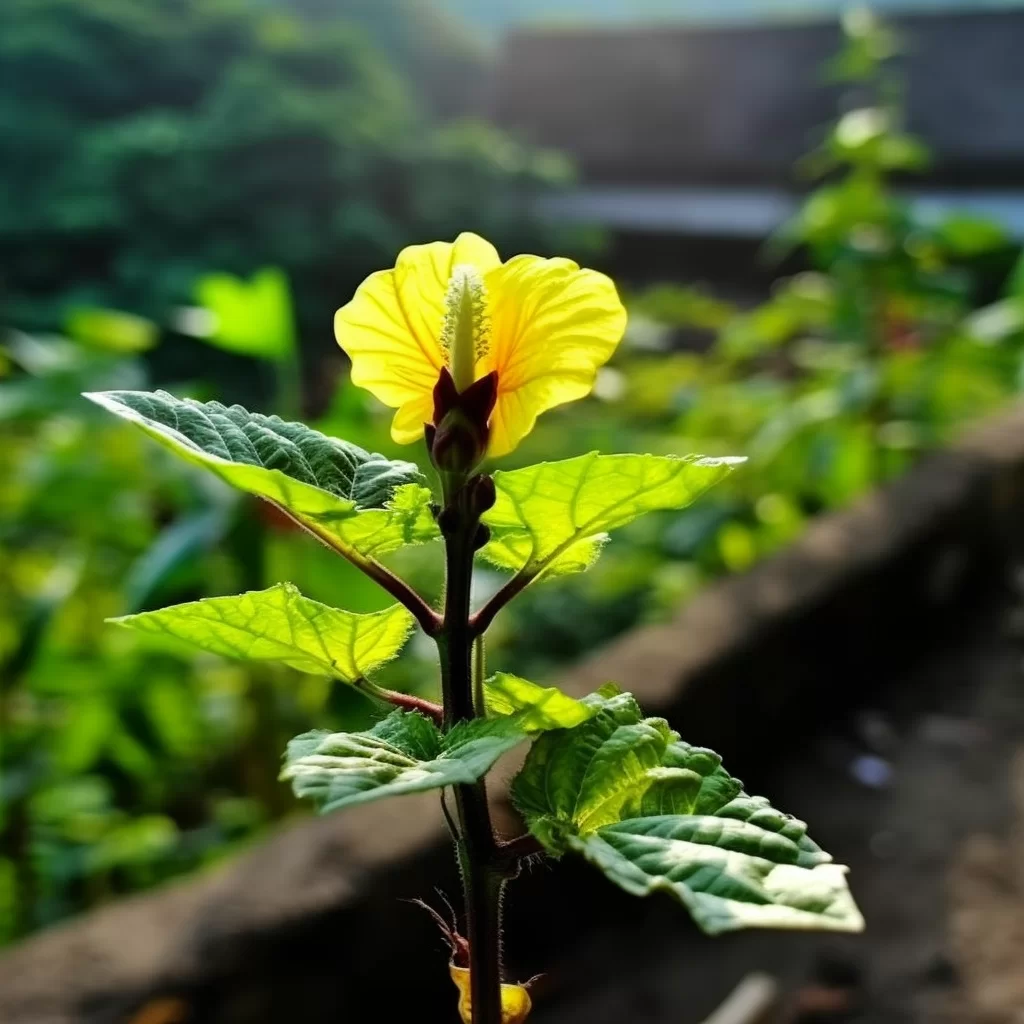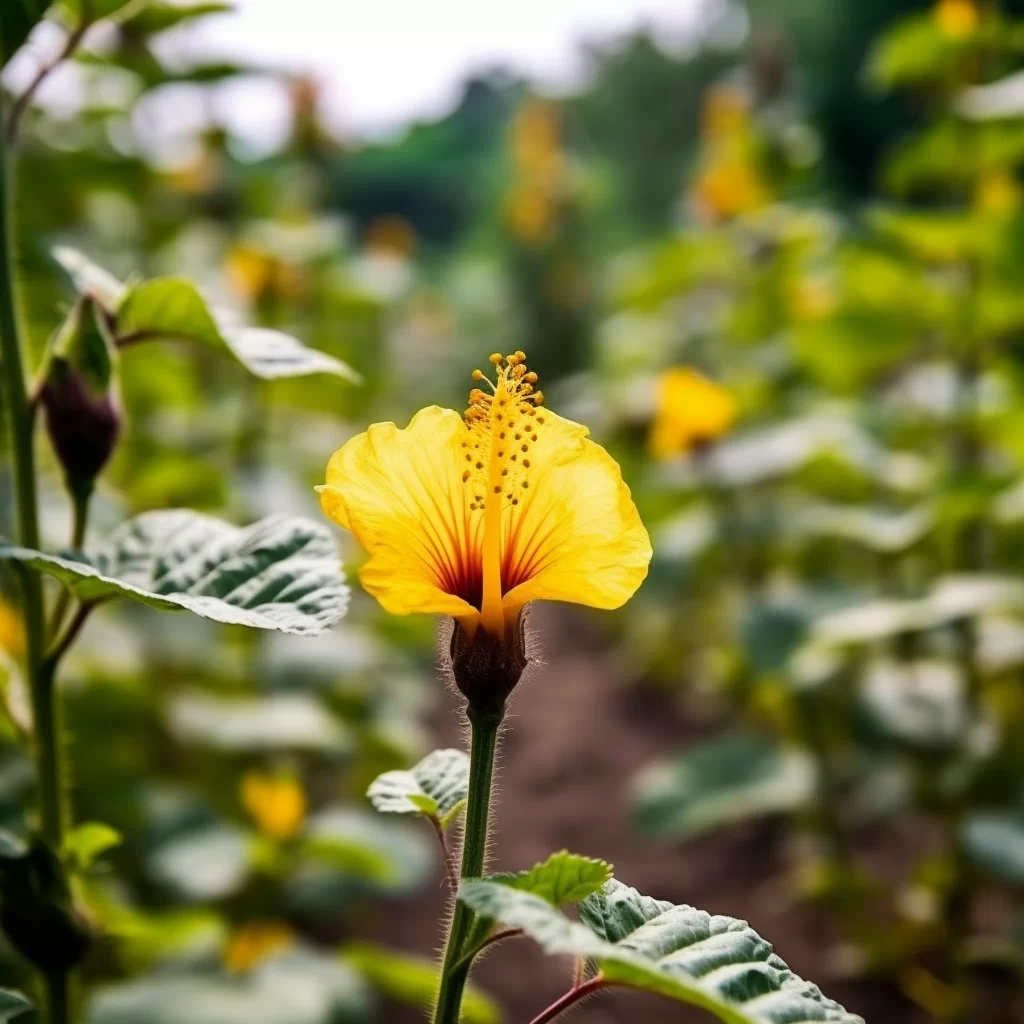Story of Day :
Contents
The Complete Guide and Care Tips for the Yellow Hibiscus Plant
The yellow hibiscus plant is one of the most popular flowering plants in gardens.
With its large, vibrant yellow blooms, it adds a touch of sunshine to any outdoor space.
In this article, we’ll discuss everything you need to know about caring for your yellow hibiscus plant.
Planting Your Yellow Hibiscus Plant
The first step to ensuring that your yellow hibiscus plant thrives is planting it correctly.
Here are some tips:
- Choose a location with full sun or partial shade.
- The soil should be well-draining and rich in organic matter.
- Plant your yellow hibiscus during the spring or summer months when temperatures are warmer.
- Make sure there is enough space between each plant to allow for growth.

Caring for Your Yellow Hibiscus Plant
Once you’ve successfully planted your yellow hibiscus, it’s important to care for it properly so that it can thrive.
- Watering: Water your yellow hibiscus regularly but avoid over-watering as this can lead to root rot.
Ensure that the soil remains moist but not soggy.
- Fertilizing: Use a balanced fertilizer during the growing season to provide your yellow hibiscus with the necessary nutrients.
However, avoid fertilizing during the winter months as this will encourage new growth which can be damaged by frost.
- Pruning: Prune your yellow hibiscus plant in early spring before new growth appears.
This will help shape the plant and remove any dead or damaged branches.

“Watering helps maintain healthy flowers”

“Fertilizers are essential for healthy growth of plants”

“Pruning helps to keep plants looking tidy and also promotes healthy growth.”
Pests and Diseases
Like any other plant, Yellow hibiscus is susceptible to pests and diseases.
Here are some common ones to look out for:
- Aphids- These tiny insects suck sap from leaves causing them to curl.
- Mites – These spider-like insects leave brown or yellow spots on leaves while others may cause webbing between leaves.
- Caterpillars – They usually devour foliage leaving holes in their wake.
- Scale – These insects cluster on the undersides of leaves.
They look like small white or brown bumps and they damage plants by piercing stems or leaves and sucking out sap.
Conclusion
Yellow Hibiscus is a beautiful plant that can add color to any garden.
By planting it correctly, providing the right care, and watching for pests and diseases, you’ll be able to enjoy your yellow hibiscus for years to come.